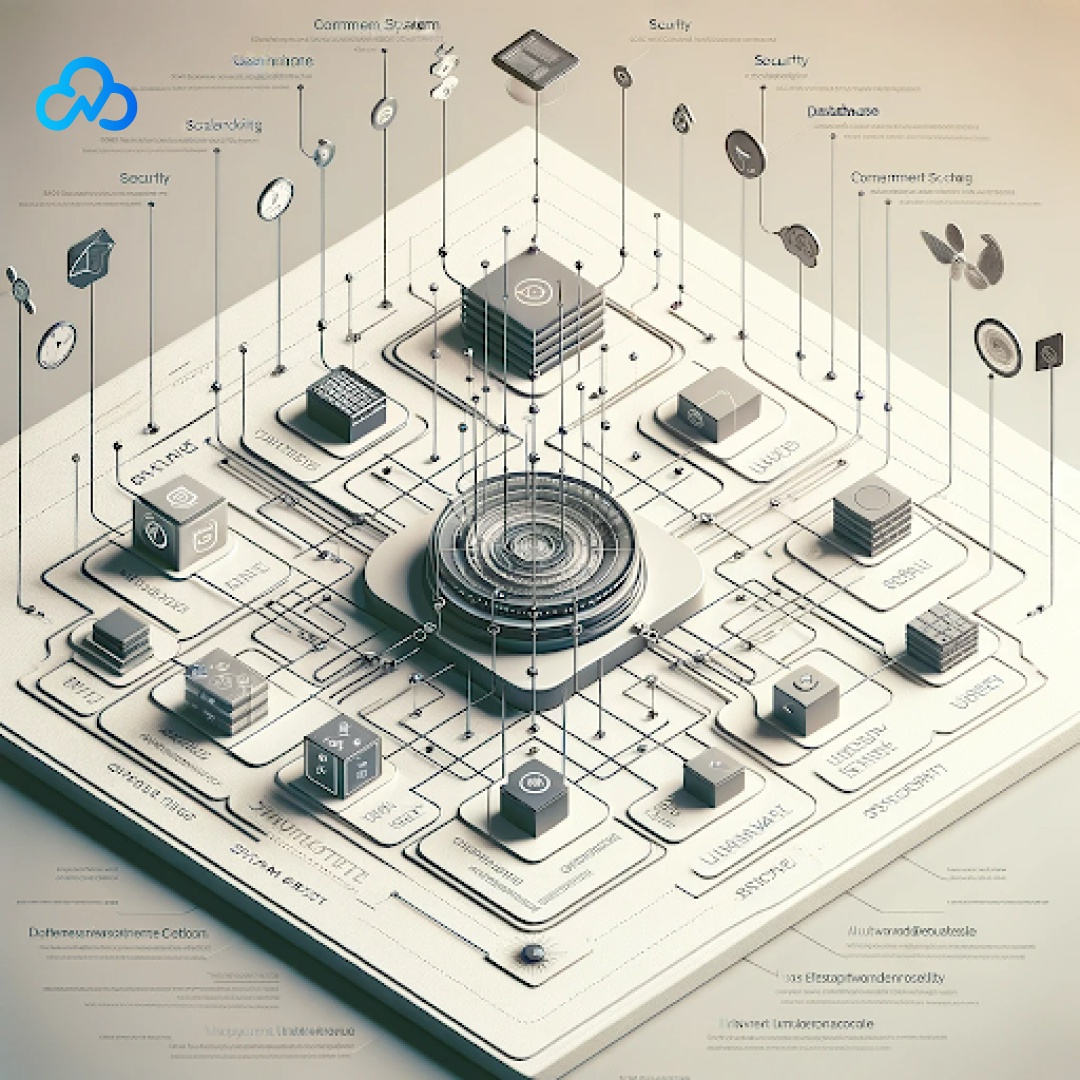1. Guideline of Isolation: Build It Modularly
"Controlling complexity is the essence of computer programming." - Brian Kernighan
Modularity is the first rule of thumb in system design. By breaking down a complex system into smaller, independent modules, we achieve several benefits:
- Maintainability: Individual modules can be updated or replaced without impacting the entire system.
- Reusability: Modules can be repurposed across different systems, reducing the need for new development.
- Scalability: Modules allow for flexibility in scaling, accommodating changes and growth with ease.
- Reliability: Independent testing of modules minimizes the risk of system-wide failures.
This approach, encompassing microservices architecture and modular programming, demands a careful balance of module interfaces, data sharing, and dependencies.
2. Guideline of Simplicity: Keep it Simple, Silly
"Everything should be made as simple as possible, but no simpler." - Eric S. Raymond
The KISS (Keep it Simple, Silly) principle advocates for simplicity in system design. To adhere to this guideline:
1. Identify core requirements: Focus on essential features and functions.
2. Minimize components: Ensure each component serves a specific, necessary purpose.
3. Avoid over-engineering: Refrain from adding unnecessary features.
4. User-friendly design: Make the system intuitive and easy to navigate.
5. Continuous refinement: Regularly test and simplify the system as needed.
Simplicity leads to systems that are efficient, user-friendly, and less prone to failure.
3. Guideline of Performance: Metrics Don’t Lie
"Performance problems cannot be solved only through the use of Zen meditation." - Jeffrey C. Mogul
Performance and scalability are non-negotiable in system design, and metrics are the truth-tellers in this realm. Key aspects include:
- Metrics: Quantitative measures such as resource utilization, response times, and error rates provide insights into system performance, helping to identify and rectify bottlenecks.
- Observability: The ability to infer the system's state from external outputs is crucial for real-time monitoring and problem diagnosis.
Together, these aspects enable informed decision-making for system management, outage prevention, and performance enhancement.
4. Guideline of Tradeoffs: There Is No Such Thing As A Free Lunch
"Get it right. Neither abstraction nor simplicity is a substitute for getting it right." - Butler Lampson
This guideline encapsulates the inherent trade-offs in system design. Every decision comes with its set of compromises:
- Opting for optimized solutions can lead to challenges in maintainability or complexity.
- Simpler solutions might compromise on performance or latency.
Balancing factors like performance, scalability, reliability, and cost is crucial. Recognizing that no single solution fits all scenarios is key to effective system design.
5. Guideline of Use Cases: It Always Depends
"Not everything worth doing is worth doing well." - Tom West
The final guideline recognizes the contextual nature of system design. Factors influencing design decisions include:
- Requirements and User Needs: Understanding what the system needs to achieve and who will use it.
- Technological Constraints: Working within the limits of available technology.
- Cost and Scalability: Considering the financial and growth aspects of the system.
- Maintenance and Regulations: Ensuring the system is sustainable and compliant over time.
Designing a system is a balancing act, considering various factors to arrive at a solution that is "good enough" for the specific context.
Conclusion: The Art of System Design
In summary, effective system design is an art that balances complexity with efficiency, guided by principles of modularity, simplicity, performance, trade-offs, and contextual use cases. Each guideline serves as a beacon, directing system designers through the maze of decisions and challenges inherent in creating large-scale systems. By adhering to these principles, designers can create systems that are not only functional and efficient but also maintainable, scalable, and reliable. As technology continues to evolve, these guidelines provide a timeless framework for navigating the ever-changing landscape of system design.
For any custom software development ,digital transformation services solutions visit our websites.


No comments yet